The perfume industry is a hybrid of art and science, innovation and the ability to create emotions.
It is also a complex world full of contradictions where surface beauty can hide problematic realities. The way fragrances are created is often linked to animal slaughter, deforestation and exploitation, sometimes even child labour.
Some of the most popular ingredients in fragrances such as sandalwood, Egyptian jasmine, vanilla and deer musk have been associated with all of the above.
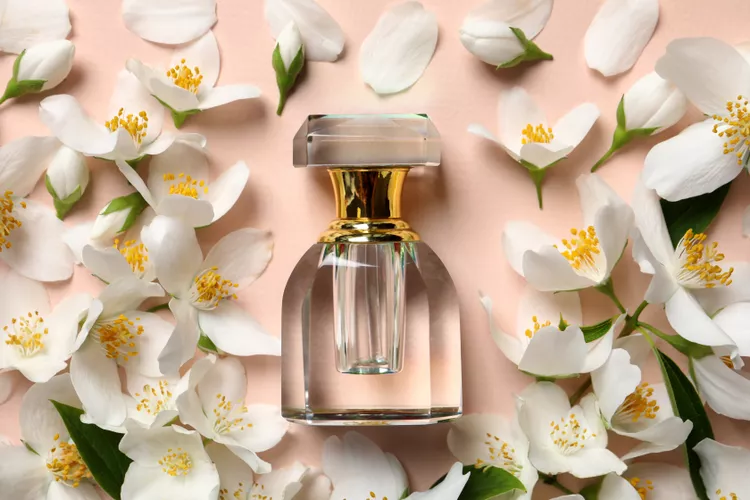
Deer musk, in particular, has pushed the animal from which the ingredient is extracted, the musk deer, on the road to extinction. The traditional method of obtaining male deer glands involves killing the animal.
International trade in natural musk is now regulated by CITES (Convention on International Trade in Endangered Species). In addition, the perfume industry has developed several synthetic alternatives but, unfortunately, natural musk is still very popular.
Deforestation and intensive agriculture
Another negative effect of the perfume industry is deforestation. This is caused by the popularity of plants such as Indian sandalwood, of which many plants are cut down before reaching full maturity.
As sandalwood is a hemiparasitic plant, its eradication creates a major imbalance in its original ecosystem.
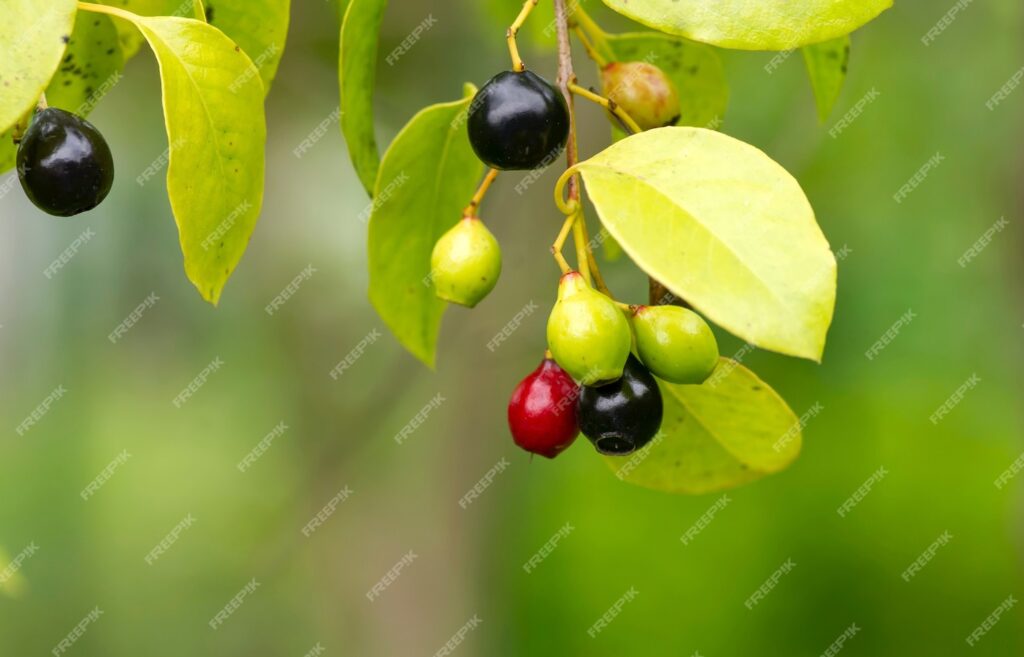
Some of the effects already caused by the reduction of sandalwood trees are the alteration of the water balance in some areas and the increase of invasive species.
Another crop that creates environmental problems is Madagascar vanilla. Eighty per cent of the world’s vanilla comes from this island and this monoculture has caused deforestation and loss of rainforests.
Furthermore, the dependence of the local economy on this cultivation means that as the price of vanilla is very volatile, it has a strong impact on local communities.
BBC documentary on Egyptian jasmine
In the spring of 2024, the BBC released one of its investigations, this time on the world of perfumes, specifically Egyptian jasmine.
About half of the world’s jasmine production is produced in Egypt and there are an estimated 30,000 people involved in this trade.
When the BBC journalist and activist decides to dig deeper into this industry, she finds herself observing a family (mother and four children ranging in age from 15 to 5) waking up in the middle of the night to start harvesting jasmine at 3am until 8am.
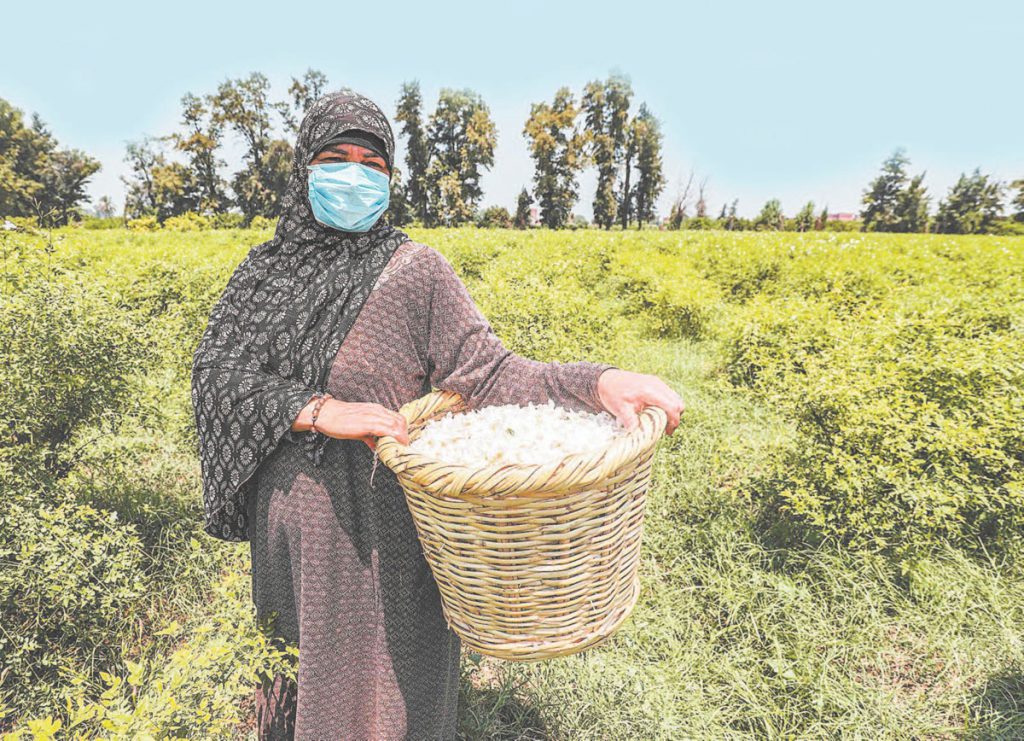
Each KG of jasmine is paid 45EGP ($1.40) so four people can earn about $1 a day, a figure below decent subsistence.
There are several jasmine fields in the area, managed or otherwise connected to major industries (Fakhry & Co, Machalico and Hashem Brothers are some of those analysed in the documentary). From these collection centres, the flowers are then sent to industries such as Symrise, Givaudan, Firmenich or IFF, where the fragrance is created.
The true price of perfumes
When trying to find out more details about the conditions of the pickers, one encounters many obstacles, highlighting the fragrance industry’s lack of transparency.
Almost all brands on the market are created by a handful of multinationals, by master perfumers (the “noses” responsible for creating new fragrances) who also decide the budget for each new fragrance.
In the investigation, the two brands most under scrutiny are Lancôme and Aerin Beauty, which are respectively part of L’Orèal and Estèe Lauder, two of the titans of the perfume industry.
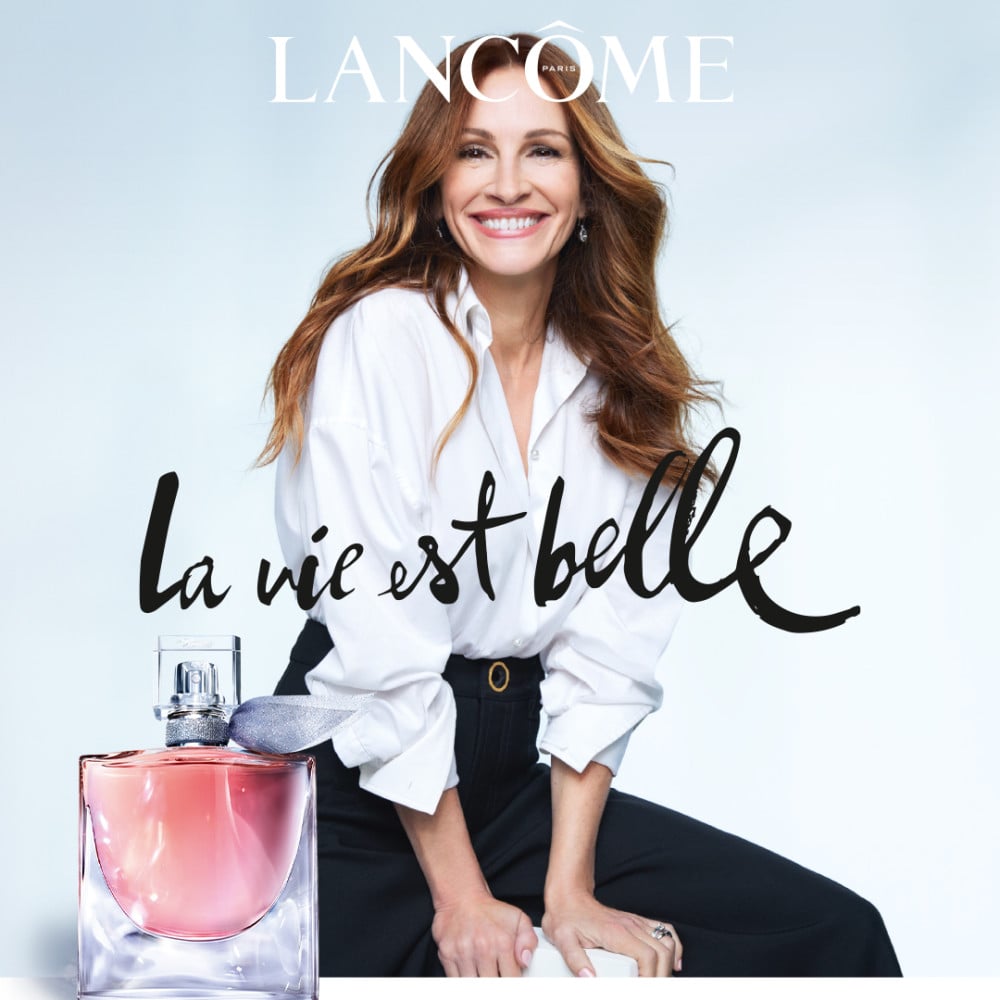
As explained by master perfumer Christophe Laudamiel, the average price of the liquid inside the perfume bottle is about 1$, 1.5$ and the cost of the binders is only part of this price.
The remaining average cost is about 25$ for advertising, the packaging about 3$, the profit of the perfume masters about 15$ and, finally, 35$ as distribution price. To the total price is then added the cost of taxes (about 19%).
Is the perfume market heading in a more ethical direction?
The companies involved in the investigation responded by citing the various sustainability and human rights certificates they have obtained. They also stated that they were completely unaware that underage employees were employed in the small independent companies from which they sourced their flowers.
The same applies to the multinationals involved, who have pleaded ignorance and promised internal investigations. In fact, however, the only way we will see real systemic change in such a non-transparent world is to make big companies take responsibility.
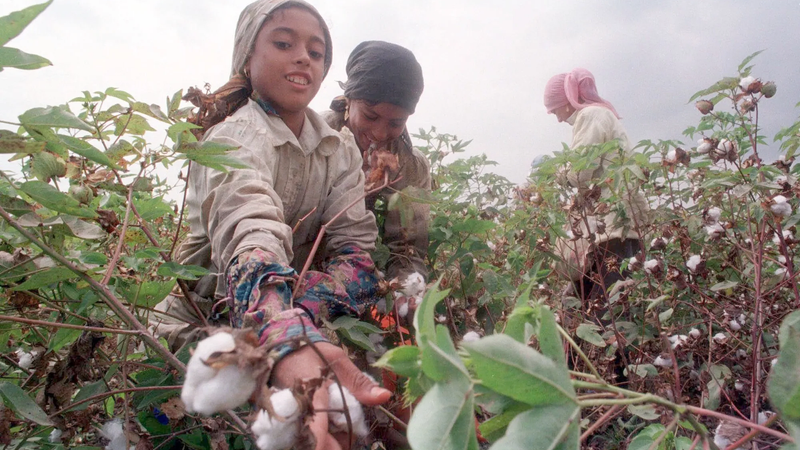
France and the EU are moving in this direction, introducing a law on the obligation of vigilance.
France was the first, introducing a law in 2017 making it mandatory for large companies established on the territory to be responsible for identifying risks to human rights or the environment. Since 2024, such a law has also been adopted by the European Parliament.
This implies, at least on paper, that multinational perfume companies will have to make their business more transparent and more sustainable. Both from the point of view of human rights and environmental impact.
In the meantime, other initiatives are taking hold to improve the situation of the collectors. One interesting initiative is the Sustainable Vanilla Initiative (SVI), launched in 2015. The initial focus is on improving the sustainability and quality of vanilla production, particularly in Madagascar and Uganda. The aim is to stabilise the vanilla market and, above all, improve the quality of life of the people working there.
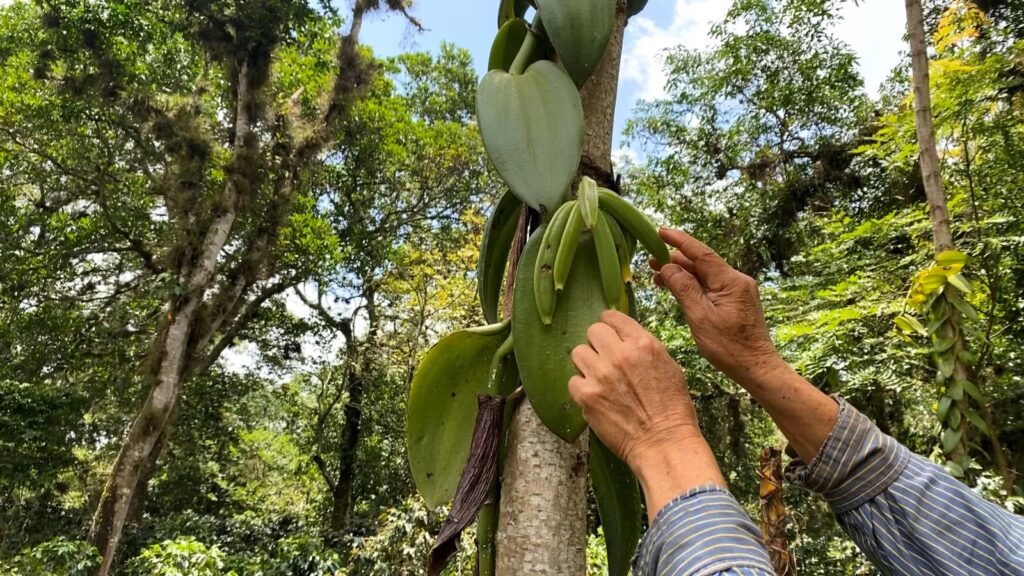
Several other associations and initiatives are being set up for workers in various fields such as jasmine or rose. A fundamental idea is to improve the lives of the workers but also to find a fair price for the product which, in the long run, will lead to a stabilisation of the market and an improvement in the quality of the end product.
The fragrance industry: an incredible expansion
The fragrance market is constantly expanding. In 2023 it recorded a sales boom of 13% against an already remarkable year of sales, an unprecedented success.
At the beginning of 2024, Karine Lebret, global vice president of Scent Science and Fragrance Design at the L’Oréal Group, answered some questions from Ansa.it about this incredible growth.

She begins by stating that this success actually has a historical reason, the “post-Covid” effect. The possibility (or temporary loss) of losing the sense of smell has made many people realise the importance of smelling, of fragrances. It triggered a connection between the ability to smell, to enjoy fragrances with health, the joy of living.
Hence, he says, after the pandemic there was an increase in purchases, introducing Generation Z to the market. Hence the aforementioned expansion, to reach EUR 50 billion by 2023 (and with prospects for growth in 2024).
Specifically, the perfume sector of the L’Oréal Group, one of the most powerful players in the market, is growing by 17%.
In this context of growth, it is crucial to be able to take the right direction so that in addition to spectacular earnings for companies, we can see benefits for the people who, in fact, are at the heart of the perfume industry, the collectors.




